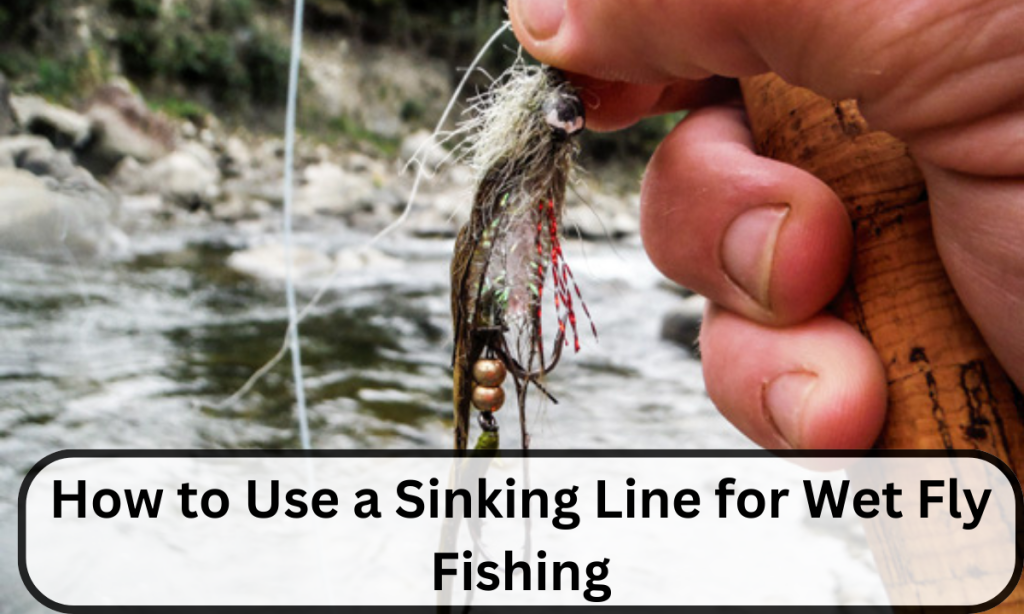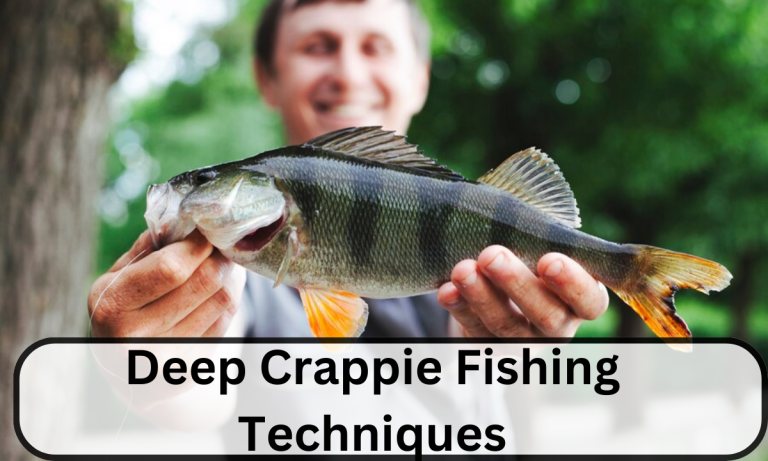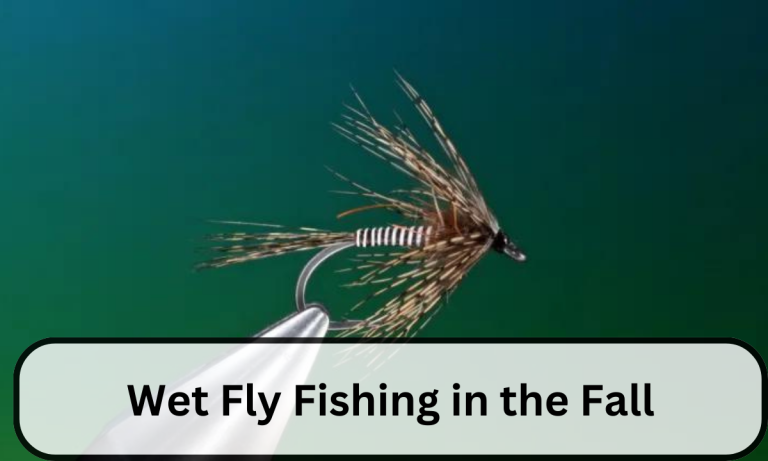How to Use a Sinking Line for Wet Fly Fishing
Fly fishing with a sinking line is no less than fun and thrill along with effectiveness. Before discussing in detail how to use a sinking line for wet fly fishing, a sinking line is from 80-90 feet long whereas the front portion of the line sinks at a specific rate. Moreover, sinking lines are ideal for rivers and lakes and sink anywhere from a quarter or half an inch per second to a couple of inches at the same time.
However, it should be ensured that you use a sinking line to be retrieved after the line pattern and line have reached the desired depth. Likewise, the choice of sinking lines should be made keeping in mind the limitations of underwater food sources for effective knowledge regarding how to use a sinking line for wet fly fishing.
Further, the anglers should make intelligent and comfortable use of sinking lines will provide more opportunities to have good bags of large fish from the very beginning of the season because sinking line is considered a secret weapon in this regard. Similarly, this kind of use will make you go according to your plans and avoid failure as well.
If you know how to use a sinking line for wet fly fishing, all other plans will have secondary importance. One more thing is that you should try to reach lower columns of water as most of the trout’s diet is consumed below the surface.

How to Use a Sinking Line for Wet Fly Fishing: Sinking Line Types
Following is the list of types of sinking lines with some limitations:
- Hover Lines or slowest sinking lines have sink rates normally from 0.5 to 1 inch per second. Additionally, these lines are productive for fly fishing in shallow waters. It is mostly preferred to a floating line as it produces no wake in surface film. If you want to present a mayfly nymph to spooky fish, a hover line is your powerful weapon. Moreover, it does not snag the bottom.
- Medium Sink Lines have a sink rate of 3 inches per second. They are ideal for sub-surface scenarios. The fish grabbed using medium sink lines include:
- Scuds
- Leeches
- Water boatmen at a depth between 8-15 feet.
These sinking lines carry the advantage of detecting striking fish quickly.
- Intermediate Sink Lines have a sink rate of around two inches per second, a slow speed. Use these lines in shallow waters or at a depth of your choice to catch scuds and leeches in huge numbers as they stay in target zones for longer. But as far as deeper water is concerned, intermediate sink lines are a great weapon to catch chironomid pupae.
Further, using intermediate sink lines enables the flies to sweep through the water column from top to bottom and vice versa.
- Fast Sink Lines have a sink rate of 5 inches per second and are ideal for depths between 10-20 feet. Hence, they save you time.
- Ultra-Fast Sink Lines possess a sink rate of seven inches per second which is a super descending speed for still waters.
- A sinking Tip Line is a line that has its tip in the water column only the range of which varies from 4-30 feet. As far as which type of anglers can use this line is concerned, the anglers fishing in deeper and faster-moving water can use the sinking tip line while fish are feeding at the bottom.
How to Use Sinking Line for Wet Fly Fishing: Locations
As regard the location of how to use sinking line for wet fly fishing, the following locations are discussed:
- Rivers: Many anglers are panicked about fishing sinking line in rivers. However, the anglers recommend to use sinking tip line for fishing as the chances of success are vast. The anglers are advised to use streamers on a sink tip line to catch big fish.
For further success, you can add weight to your sinking tip line for salmon and steelhead. When you are interested in fishing sinking tip line in rivers, pick your spot to fish at lowest point of water by giving the line enough time to reach that depth. Similarly, make sure that your fly is not snagged.
- Lakes: Discussing lakes while answering how to use sinking line for wet fly fishing is also very important as it is also a very difficult task. However, there is nothing to worry about as the sinking line will help you in two ways:
- To get closer to fish.
- To cover more water.
Further on, the sinking line will keep the fly in feeding zone for the entire retrieval time depending on the style of retrieval.
Additionally, you should be aware of the fact that you should not spend much time with your fly near the structures while you are using sinking line to avoid a possible snag. Therefore, it is essential that you should keep the fly moving in water.
How to Use Sinking Line for Wet Fly Fishing: Gear
As regard the rod setup while dealing with how to use sinking line for wet fly-fishing line, a 6-7 weight fast action rod will suffice as its fast action helps to lift the line without too much drag. However, only taking the sinking line with you will not do the complete job. Hence, it is advised to bring extra spool to change the equipment according to the situation.
Similarly, the importance of leader cannot be denied at all however what type of line you are going to use. If you are going to use sinking line, the setup must be got right. Therefore, you are advised to use a tapered leader for sinking line because it can absorb pressure of a big fish.
Additionally, while using sinking line, don’t use a leader that floats but it should stay deep with your line.
Next option with the anglers is that of using straight leader of five to six feet so that it does not break.
How to Use a Sinking Line for Wet Fly Fishing: Flies
As far as selection of flies is concerned, streamers are considered the best because they imitate baitfish, crayfish and other preys liked by fish species. Moreover, they stay lower in the water column to be drifted or swung. Additionally, it is advisable to use weighted flies to cover longer depths keeping in mind the stay of fish in the water column.
Conclusion
For wet fly fishing with sinking lines, you are required to use different sinking lines with different sink rate to enable yourself land good fish. Similarly, the understanding of the sinking lines is also very key for a successful fly fishing experience.
Moreover, sinking lines can be used both in rivers as well as lakes, as discussed above. To cover all the water conditions, however, the recommended sinking line types are:
- Intermediate
- Type 3
- Type 5
FAQs
- When should a sinking fly line be used?
Ans. A sinking fly line be used while fishing in deep waters or fast currents as the flies reach the desired depths then.
- How deep can I fish with a sinking fly line?
Ans. The depth of fishing with a sinking line depends on the line we use for fishing. As the most sinking lines sink at a rate of two inches per second, so a fly can reach up to a length of 10-20 feet.
- How to fly fish with a sinking line?
Ans. If you are fly fishing in still water, cast your flies until they reach the desired depth of feeding zone.





